How to Navigate MessageBird Pricing for Your Business

MessageBird pricing can be complex, but understanding it is essential for businesses looking to optimize their communication costs.
At Drop Cowboy, we’ve seen many companies struggle with navigating MessageBird’s pricing structure and finding the best value for their needs.
This guide will break down MessageBird’s pricing model, highlight key factors affecting costs, and provide strategies to help you make informed decisions about your communication budget.
How MessageBird Structures Its Pricing
MessageBird’s pricing structure accommodates businesses of various sizes, but it can present challenges for those trying to navigate it. Let’s break down the key components of their pricing model to help you understand what you’ll pay for.
Pay-as-you-go Model
MessageBird operates on a pay-as-you-go basis, which means you only pay for the services you use. This model offers flexibility for businesses with fluctuating communication needs. However, it’s important to note that this approach can result in unexpected costs if your usage suddenly increases.
Volume-based Discounts
As your message volume grows, MessageBird offers discounts. For instance, sending 100,000 SMS messages per month could cost less per message than sending 10,000. But watch out – these discounts don’t always apply automatically. You might need to contact their sales team to negotiate better rates based on your projected volume.
Regional Price Variations
MessageBird’s pricing varies significantly depending on the recipient’s location. An SMS to the US might cost $0.008, while the same message to Brazil could cost $0.045. This regional pricing can complicate budgeting for businesses with a global customer base.
To illustrate, a company sending 50,000 messages (split equally between the US and Brazil) would pay $1,325 with MessageBird. In contrast, Drop Cowboy offers more predictable pricing across regions, potentially saving hundreds of dollars on similar volumes.
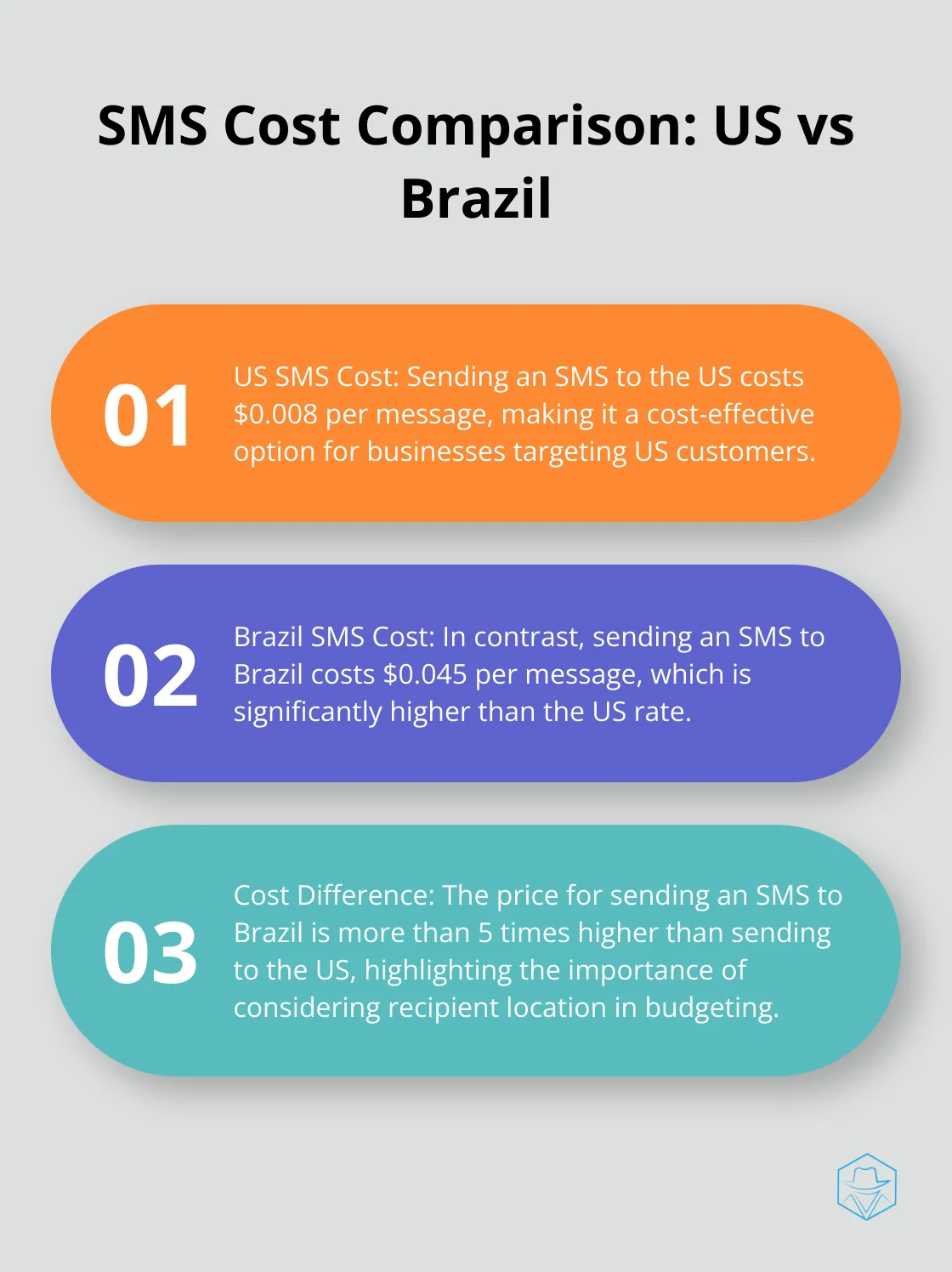
API Usage and Features
The cost of using MessageBird also depends on which APIs and features you utilize. Some advanced features or integrations might incur additional charges. It’s crucial to consider which functionalities your business needs and factor these into your cost calculations.
Hidden Costs to Consider
While MessageBird’s base pricing seems straightforward, there are potential hidden costs to watch out for. These might include setup fees, minimum monthly spends, or charges for additional support. Always read the fine print and ask about any potential extra costs before committing.
Understanding these pricing components will help you make an informed decision about whether MessageBird fits your business needs and budget. As you consider your options, it’s worth exploring how these costs compare to other providers that might offer more transparent and predictable pricing structures. Now, let’s examine the key factors that influence your overall costs when using MessageBird.
What Drives MessageBird Costs?
Message Type Variations
The type of message you send significantly impacts your costs with MessageBird. SMS represents the most cost-effective option, with prices starting at $0.008 per message in the US. Voice calls and WhatsApp messages come at a premium, with voice calls beginning at $0.015 per minute and WhatsApp messages at $0.0147 each. These differences can substantially affect your budget, especially for high-volume campaigns.
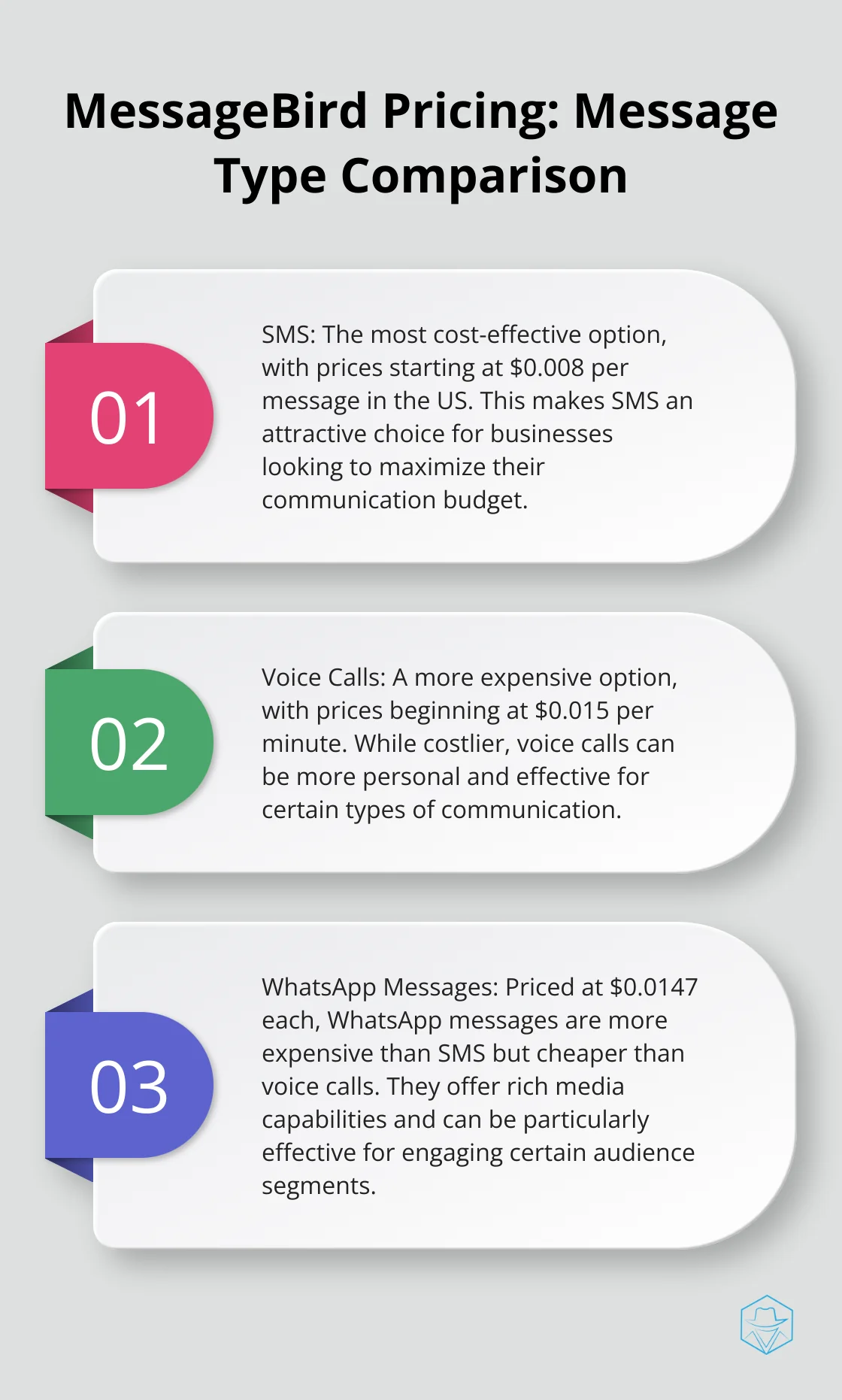
Geographic Price Disparities
Recipient location plays a major role in determining messaging costs. Sending an SMS to a US number costs considerably less than sending one to Brazil. This variability complicates budgeting, particularly for businesses with a global customer base. For example, 10,000 messages within the US might cost approximately $80, while the same number of messages to Brazil could exceed $450.
API and Feature Utilization
Your choice of APIs and features also affects your overall costs. While basic messaging functionality comes included in standard pricing, more advanced features (such as number lookup or automated workflows) often incur additional charges. MessageBird’s Flow Builder for automated messaging experiences offers 1,000 monthly invocations at no cost, but usage beyond this threshold requires extra payment.
Hidden Cost Considerations
MessageBird’s pricing structure includes potential hidden costs that businesses should account for. These may encompass setup fees, minimum monthly spends, or charges for additional support. A thorough review of the fine print and direct inquiries about potential extra costs prove essential before committing to their services.
Scalability and Volume Discounts
As your message volume grows, MessageBird offers discounts. However, these discounts don’t always apply automatically. You might need to contact their sales team to negotiate better rates based on your projected volume. This aspect of their pricing model requires proactive engagement to ensure you receive the best possible rates for your usage.
The complexity of MessageBird’s pricing model might lead to unexpected expenses. Close monitoring of your usage becomes paramount. If you find MessageBird’s pricing structure doesn’t align with your business needs, exploring alternative providers could offer more predictable and manageable communication costs. Now, let’s explore strategies to optimize your spending when using MessageBird’s services.
How to Cut MessageBird Costs
Implementing effective strategies can significantly reduce your MessageBird expenses. Here are some key approaches to consider:
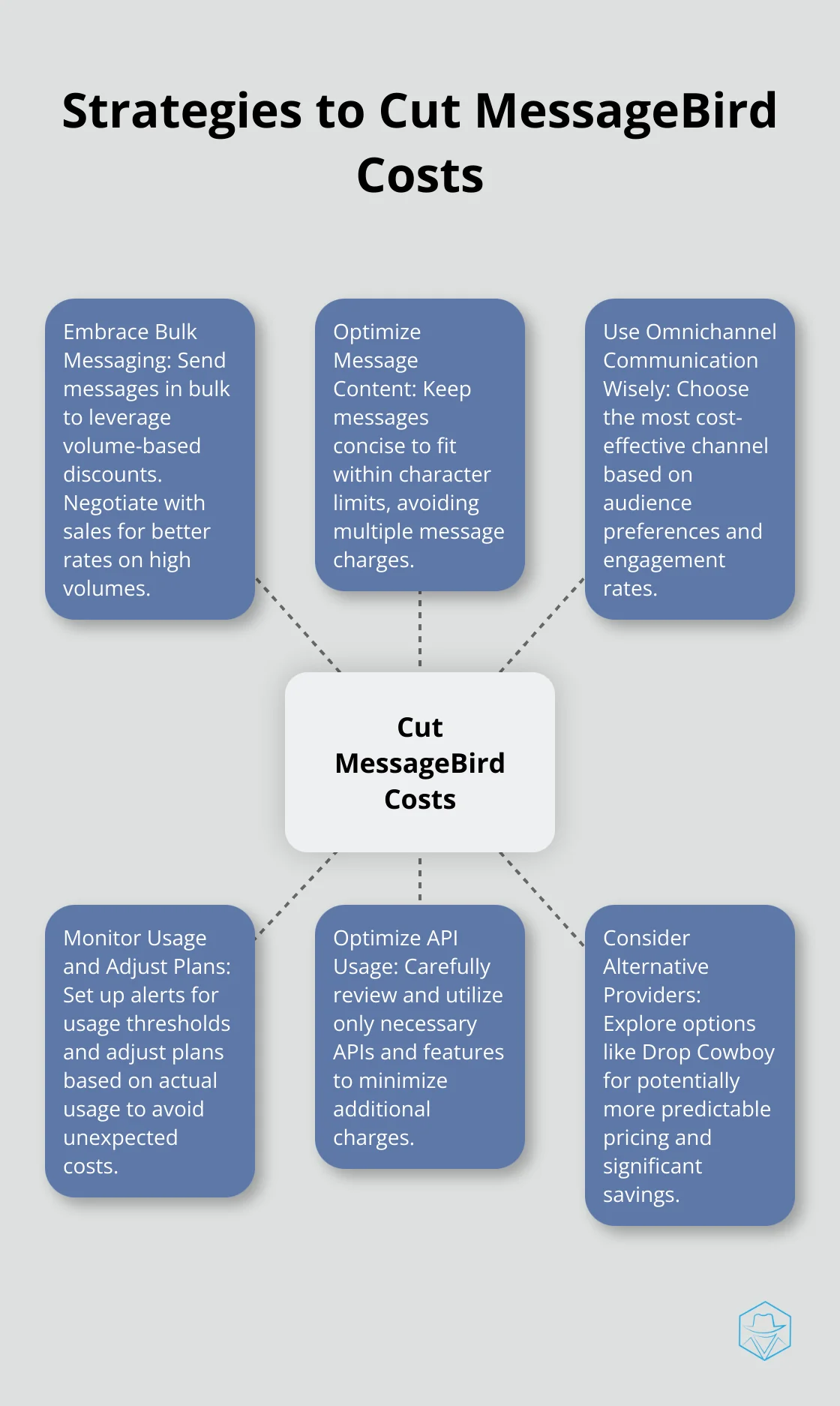
Embrace Bulk Messaging
Sending messages in bulk can reduce your per-message costs significantly. MessageBird offers volume-based discounts, but these aren’t always automatic. Contact their sales team to negotiate better rates based on your projected volume. If you send 100,000 SMS messages monthly, you could potentially reduce your per-message cost from $0.008 to $0.006 or lower.
Optimize Message Content
Keep your messages concise to avoid unnecessary costs. SMS messages over 160 characters (or 70 characters for some languages) split into multiple messages, each charged separately. Trim unnecessary words to fit your message into a single SMS. This approach can potentially cut costs by 50% or more for longer communications.
Use Omnichannel Communication Wisely
MessageBird offers various communication channels, each with different pricing. SMS is generally the most cost-effective at $0.008 per message in the US, compared to $0.0147 for WhatsApp messages. However, WhatsApp can engage certain audiences more effectively. Analyze your customer preferences and engagement rates to determine the most cost-effective channel mix for your business.
Monitor Usage and Adjust Plans
Regular monitoring of your MessageBird usage is important. Set up alerts for when you approach usage thresholds to avoid unexpected costs. If you consistently exceed your current plan, consider upgrading to a higher volume tier for better rates. If you underutilize your plan, downgrading could save money.
Optimize API Usage
Review which MessageBird APIs and features you use carefully. Some advanced features incur additional charges. For example, the Flow Builder offers 1,000 free monthly invocations, but usage beyond this incurs charges. Evaluate if these features deliver ROI or if simpler, less costly alternatives could suffice.
Consider Alternative Providers
If MessageBird’s pricing structure doesn’t align with your needs, explore alternatives (such as Drop Cowboy) for potential significant savings. Drop Cowboy offers more predictable pricing across regions, potentially saving hundreds of dollars on similar message volumes. Always compare features, reliability, and total cost of ownership when evaluating alternatives.
Final Thoughts
MessageBird pricing requires a thorough understanding of its complex structure. Businesses must consider multiple factors to optimize their communication costs, including pay-as-you-go models, volume-based discounts, and regional variations. The type of messages, recipient locations, and specific API features all determine overall expenses.
We recommend implementing strategies such as bulk messaging, content optimization, and wise use of omnichannel communication to manage costs effectively. Regular usage monitoring and plan adjustments can lead to significant savings. However, many businesses find MessageBird’s pricing challenging to navigate.
In such cases, exploring alternative providers can offer more straightforward solutions. Drop Cowboy stands out as a compelling option, offering a range of communication tools (including ringless voicemail and SMS marketing). Our user-friendly platform can help businesses boost customer engagement while maintaining better control over their communication costs.
blog-dropcowboy-com
Related posts

May 27, 2025
Microsoft Dynamics: Top Companies to Watch
Explore top Microsoft Dynamics companies to watch, fueling innovation and growth. Find out who leads the market and why they’re crucial players.
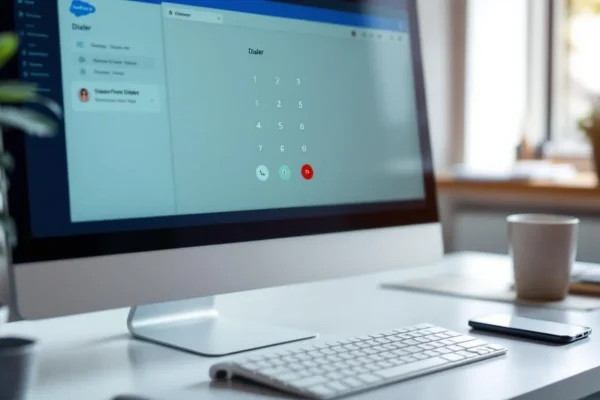
June 23, 2025
Salesforce Dialer: Seamless Integration for Better Sales
Boost sales by integrating Salesforce Dialer for a seamless sales process and improved efficiency, leading to better customer engagement and results.

August 11, 2025
Phone going straight to voicemail
Resolve issues with your phone going straight to voicemail. Discover common causes and practical solutions to improve your call experience with ease.
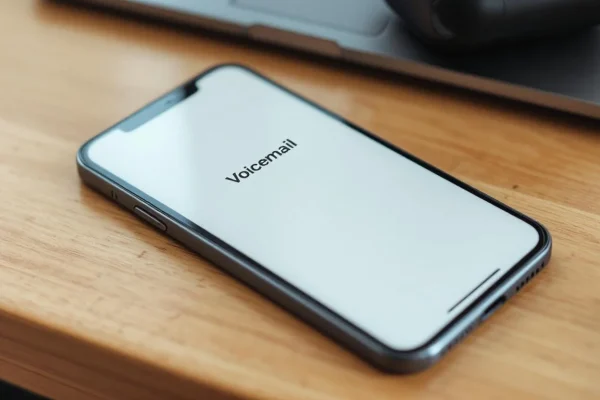
August 4, 2025
When you call someone and it goes straight to voicemail
Uncover why calls go straight to voicemail and learn effective solutions. Find out what to do when you call someone and it goes straight to voicemail.

April 24, 2025
Multi-Channel Marketing Automation: Best Practices
Explore best practices in multi-channel marketing automation to enhance your strategy, boost engagement, and drive conversions effectively.

July 20, 2025
Marketing Automation Best Practice: Boost Engagement
Boost engagement with best practice marketing automation tips. Elevate your strategy using practical insights and proven techniques.